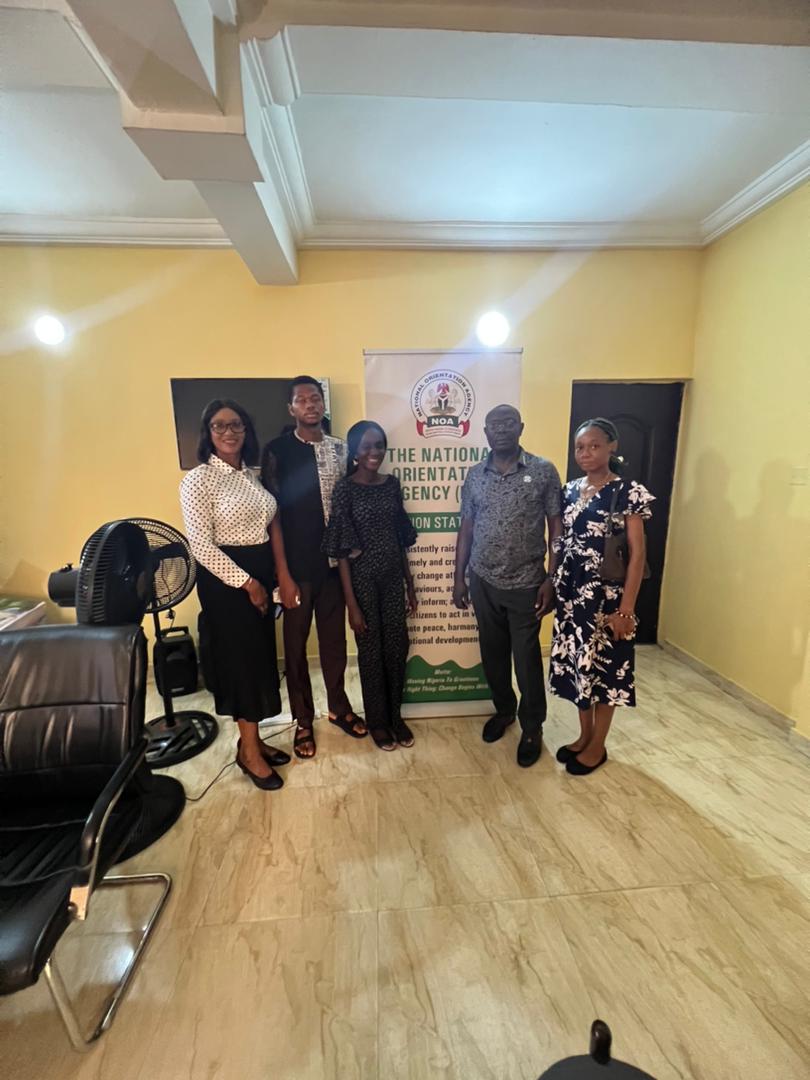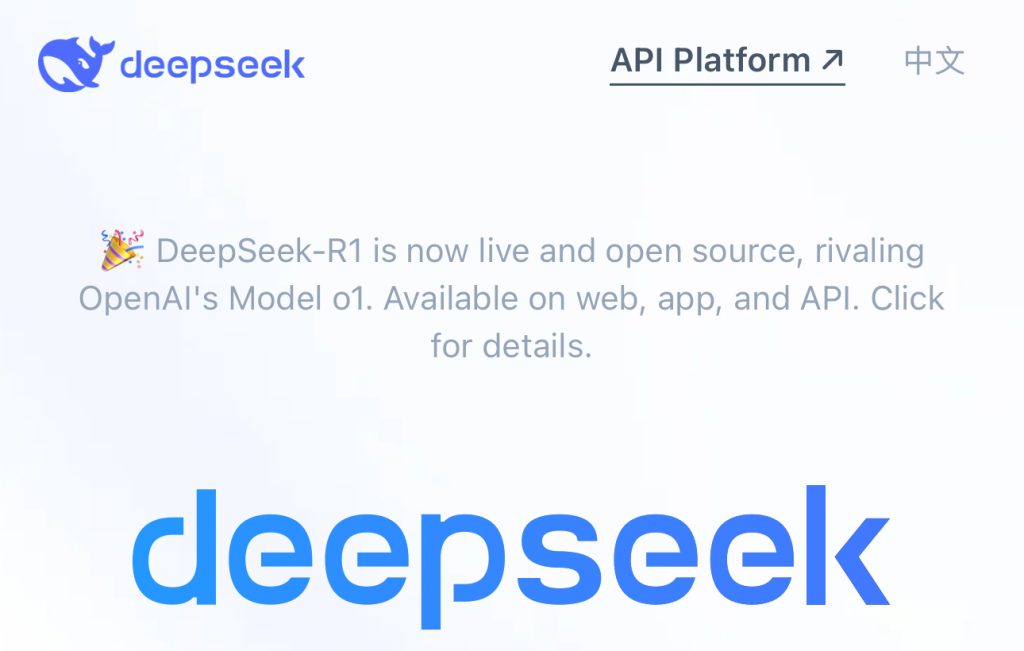JournoTECH Trains 100+ NOA Staff on NewsAssist AI Across Southern and Eastern Nigeria
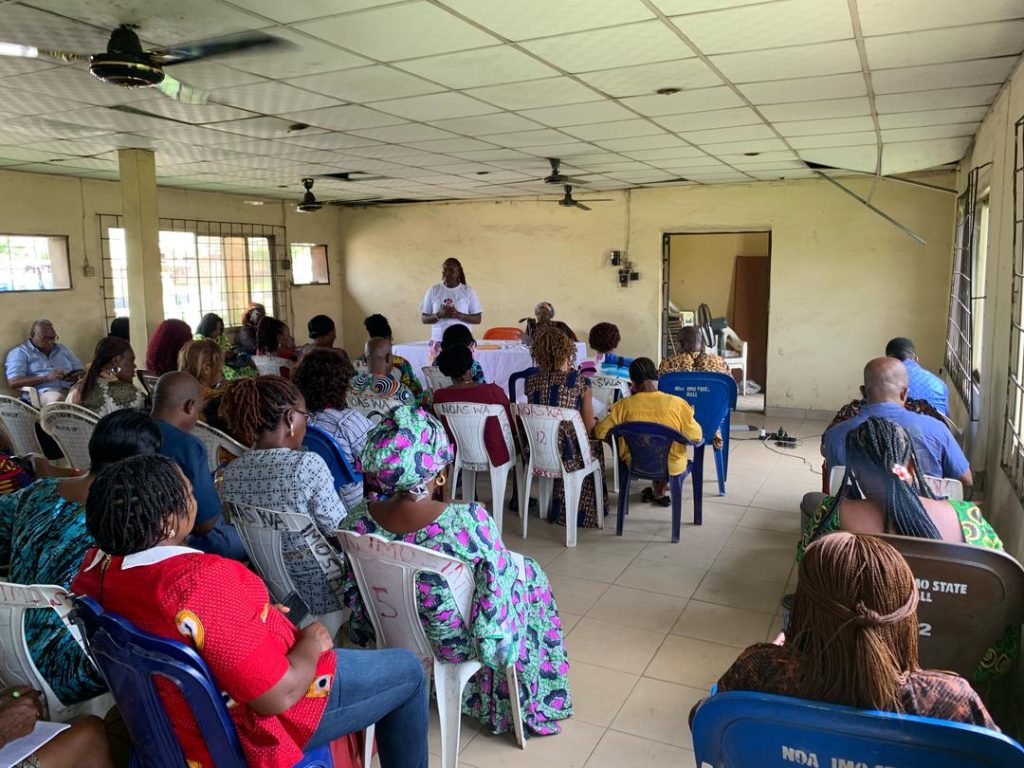
Port Harcourt & Owerri— Over 100 staff members of the National Orientation Agency (NOA) across the South-South and South-East regions of Nigeria have been trained by JournoTECH on how to use NewsAssist AI, an innovative tool designed to promote ethical, accurate, and efficient information dissemination.
The training sessions, held at the NOA directorates in Rivers and Imo states, brought together officers from all local government areas. In Rivers State, the training was led by Faith Imbu and Blossom Gilbert-Amakiri, both members of the JournoTECH team. In Imo State, the session was conducted by Harriet Ijeomah, product manager of NewsAssist AI, Davidson Nwosu, and Winifred Ibe, beginning promptly at 9:00 AM.
Both training sessions were held separately on June 25 and 26, 2025.
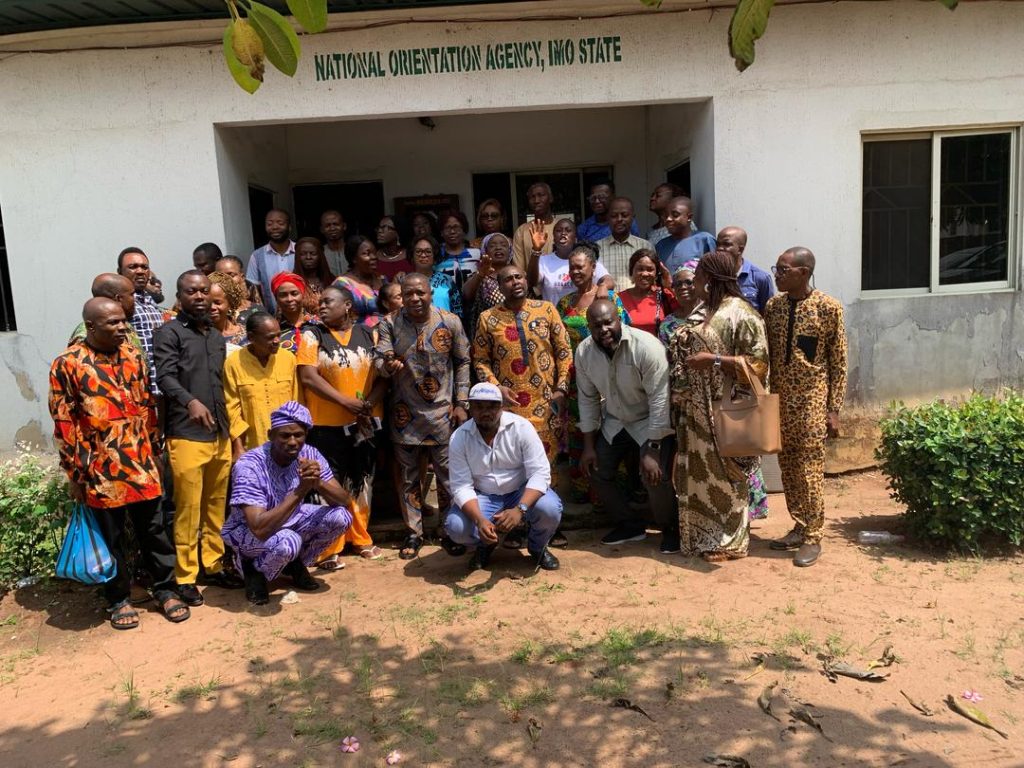
The trainings focused on familiarizing participants with NewsAssist AI, a powerful platform developed by the founder of JournoTECH, Elfredah Kevin-Alerechi, a Nigerian innovator based in the UK. The tool is designed to assist journalists, legal professionals, educators, and public servants in carrying out time-consuming tasks such as transcription, summarization, data analysis, and content editing.
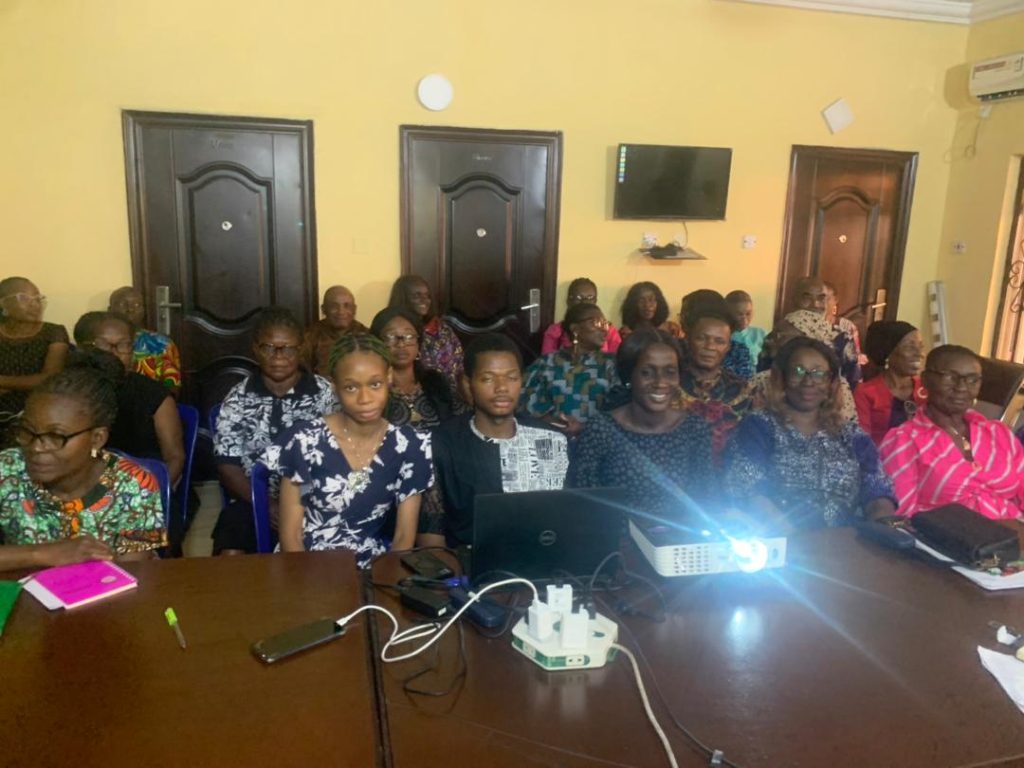
Elfredah, who champions the training initiative, explained the reason behind it: “NOA staff work across every local government area, educating and sensitizing citizens, especially in hard-to-reach communities without internet access or mobile networks.
“They are often the only link between these communities and national developments. By introducing them to AI and showing them how to use NewsAssist AI, we’re giving them tools to reduce the burden of manual transcription from interviews and field communications. It will help them save time and improve efficiency in their critical work.”
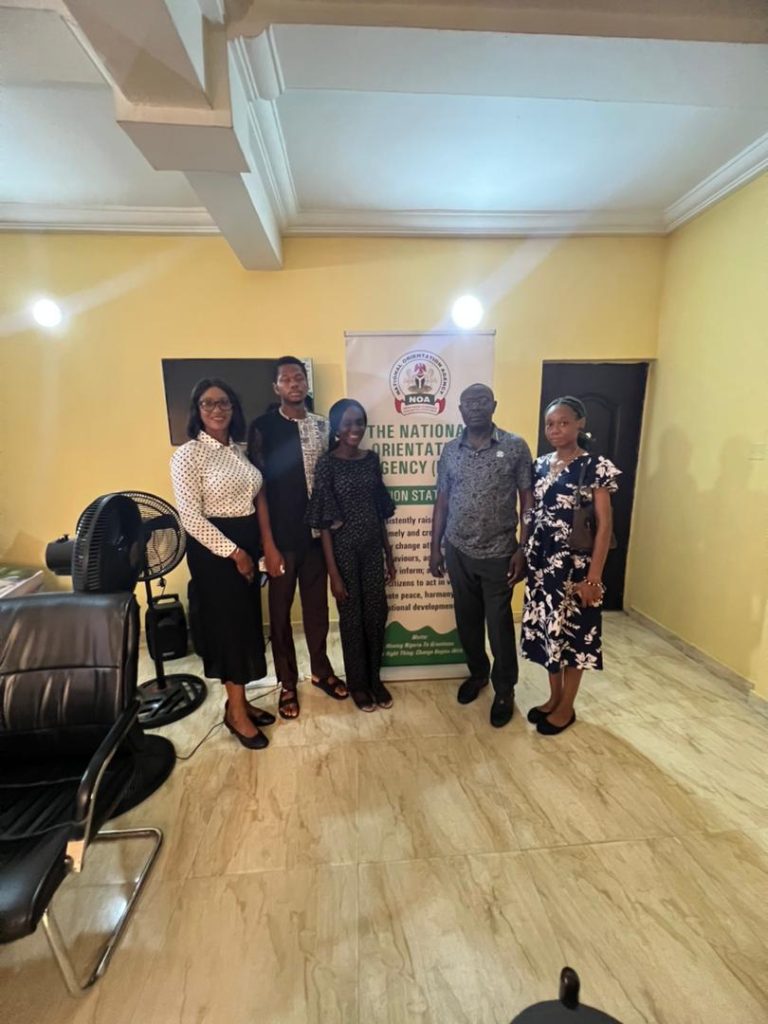
At the Rivers State session, Ms. Amucheazi Ifeyinwa Helen, Deputy Director of Planning, Research, and Strategy, praised the initiative and the tool itself: “It’s particularly impressive that NewsAssist AI was created by a Nigerian. We often assume such advanced tools only come from abroad. It has everything from A to Z, and both the training and the tool are free. This was truly innovative and engaging.”
Mrs. Stella Maris Damian-Igwe, NOA Director in Imo State, expressed heartfelt appreciation to the JournoTECH team “for thinking outside the box” and equipping their staff with cutting-edge digital tools. She welcomed future collaborations and more trainings.
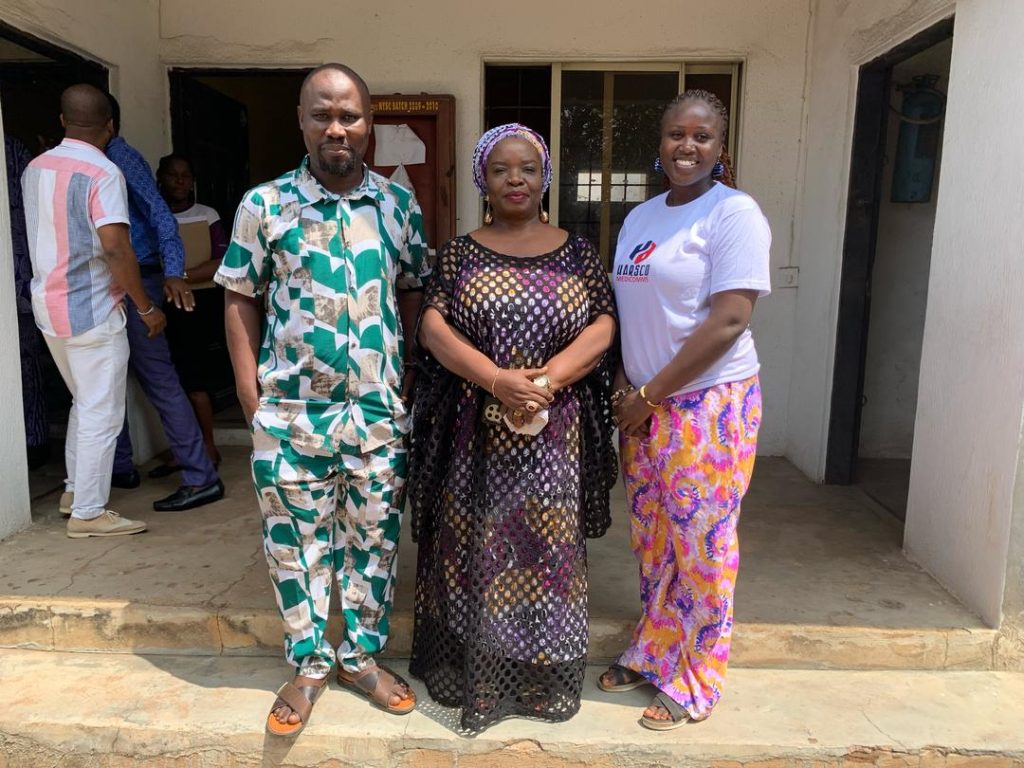
Participants were given a hands-on demonstration of the tool’s functionalities, with emphasis on ethical use, browser compatibility, and the importance of clear input for accurate results. The sessions were interactive, with many participants expressing appreciation for the AI’s refusal to respond to vague or unprofessional commands—a safeguard designed to maintain ethical standards.
This initiative is part of JournoTECH’s broader mission to take AI and digital tools to the grassroots, ensuring that public service workers, even in underserved or remote areas, are not left behind in the evolving digital landscape.



